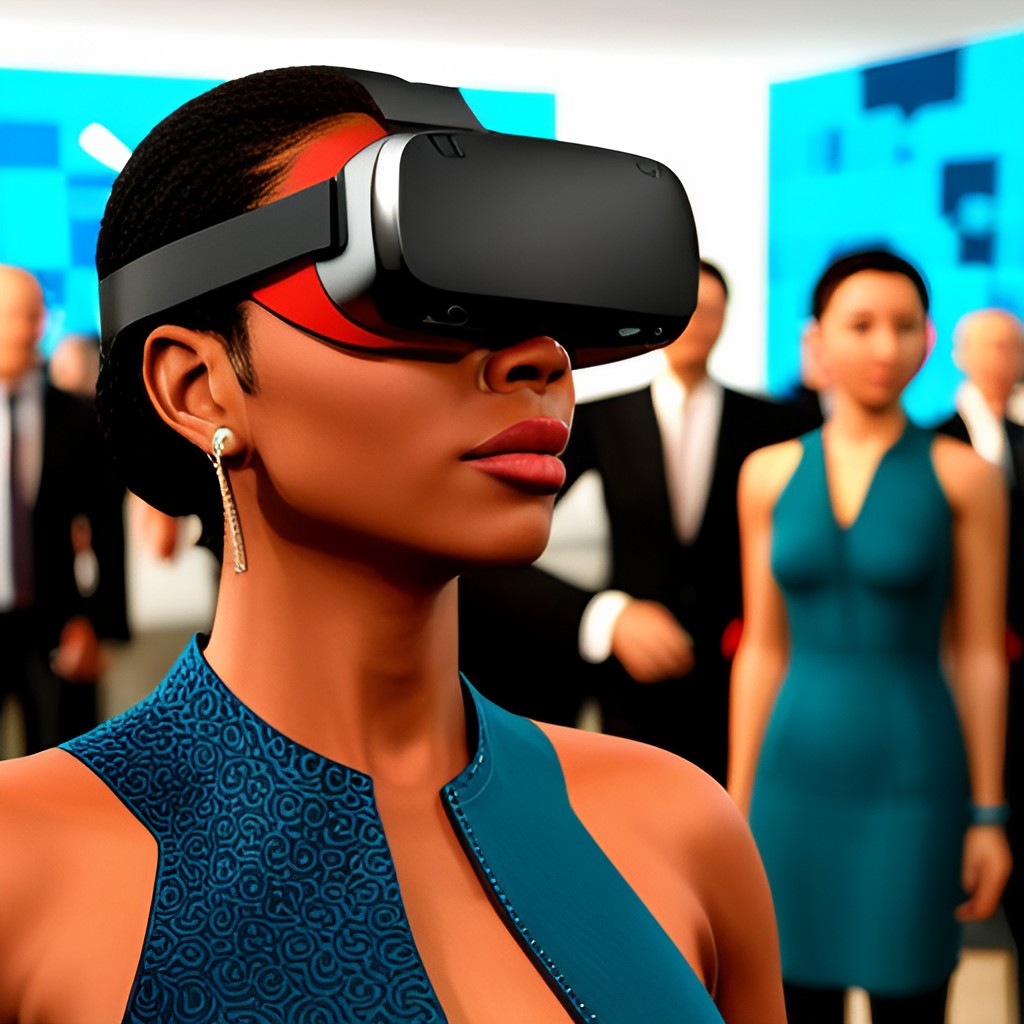The metaverse is a virtual universe of publicly accessible user-created 3D spaces. As the popularity of the metaverse grows, so does the need to create and design immersive virtual experiences within it. In this article, we will explore how to build and design virtual spaces in the metaverse.
Key Takeaways:
To build and design a virtual space in the Metaverse, you should;
- Choose a platform to build your virtual space on.
- Gather resources and create an outline for what you want to create in the metaverse world.
- Design the layout, apply textures, and add 3D assets and scripts to the virtual space.
- Test your virtual space before launch and promote it within the metaverse reality.
- Maintain and update your virtual worlds regularly.
What is a virtual space?
A virtual space is an environment that exists within the metaverse. It can be used for gaming, socializing, business purposes, or any other endeavor. Virtual spaces are made up of avatars (digital representations of users), objects (such as furniture and other items), and a set of rules that govern how things interact with one another.
How to build a virtual space in the Metaverse
Choose a platform
Select a metaverse platform to build your virtual space on, such as High Fidelity or Sansar.
Gather resources and create an outline
Identify and gather any assets or resources you will need to create your virtual space. Develop a plan for what you want to create in the metaverse virtual world.
Design the space and add textures
Begin designing the layout and features of your own virtual worlds. Apply textures to surfaces in the virtual space to define its aesthetics.
Create 3D assets and add scripts and logic
Develop custom 3D objects to populate the virtual space with content and interactive elements. Incorporate logic and scripts to add additional interactivity to the environment.
Test the space and launch
Test your virtual space to ensure it is working correctly before opening it up to users. Launch and promote your virtual space within the metaverse virtual reality.
Maintain and update
Monitor user feedback and make regular updates to ensure your virtual worlds stay up-to-date with the latest features.
Why should we build and design virtual spaces in the metaverse?
Immersive and interactive experience
Virtual spaces provide an immersive and interactive experience for users, allowing them to explore the world around them in a 3D environment.
Increased engagement and Social Connectivity
By creating virtual spaces within the metaverse, developers can increase user engagement with their brand or product. Virtual spaces provide an ideal platform for users to socialize and interact with other users through virtual reality headsets.
Cost savings
Developing a virtual space in the metaverse is typically more cost-effective than building a physical space.
Easy scalability
Your own space can be easily scaled to accommodate larger numbers of users with minimal effort.
Brand awareness
Creating a custom virtual space for your brand or product can help increase visibility and create recognition among potential customers in the metaverse.
Opportunity to monetize
Developers can monetize their work by selling services or assets within virtual real estate in the digital world.
Creative outlet
Building your own games and your own world is an excellent way for developers to express their creativity and push the boundaries of what’s possible in the metaverse.
Accessibility
Virtual spaces are accessible from anywhere in the physical world with an internet connection, allowing users to explore and interact with the virtual environment no matter where they are.
How to design a virtual space in the Metaverse
Research the metaverse
Understand how other virtual spaces are designed and what makes them successful.
Identify your target audience
Determine who your users are and how you can best serve their needs with your virtual space.
Develop a concept
Create a vision for your virtual environment and decide on key features and elements like to include in your virtual office.
Create a layout
Design the overall structure and shape of your metaverse space, including terrain, buildings, and other elements.
Add content
Include 3D objects, textures, lighting effects, audio files, and interactive elements to create an immersive experience in virtual environments.
Test the design
Test the user experience with friends and family to identify any issues that need addressing.
Consider user experience
Think about how your users will navigate through the virtual space and how you can make this as intuitive as possible.
Develop a theme
Create a specific aesthetic for your own virtual world, such as fantasy or futuristic, to give it an identity and atmosphere.
Add interactivity
Develop scripts and logic to bring additional elements of interactivity to your virtual space.
Monitor feedback
Track user behavior in the virtual environment and adjust accordingly based on their feedback.
Bottom Line
In conclusion, understanding how to build and design virtual spaces in the metaverse can help developers create immersive experiences for their users that have a lasting impact.
By following these steps, developers can create unique and engaging virtual spaces that will attract users to their brand or product.
The metaverse provides a platform for developers to monetize their work, while also expressing their creativity and pushing the boundaries of what’s possible.
Ultimately, creating virtual spaces in the metaverse is an exciting opportunity for developers to reach new audiences and explore innovative ways of interacting with the world around them.














